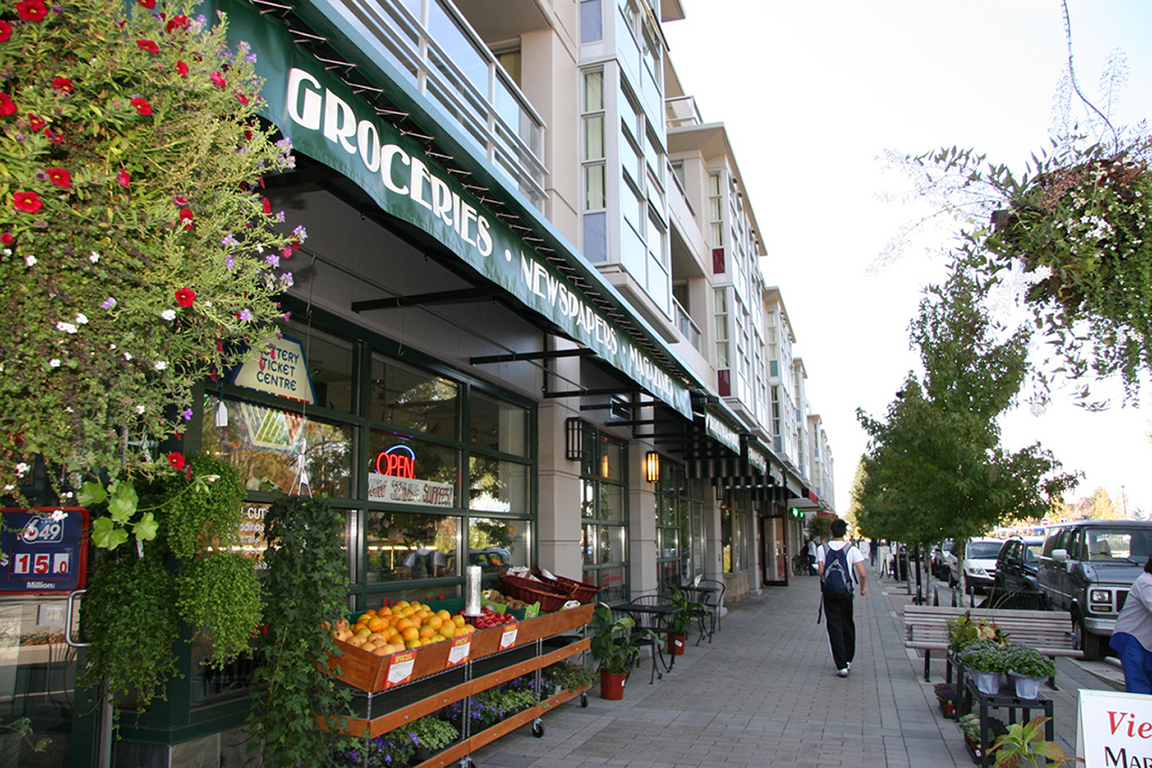Gail Cormier is not a regular graduate student: she is the coordinator of the Continuing Education Division at Université de Saint-Boniface. She is starting her PhD in education with a specialization in second-language education. The focus of Cormier’s research couldn’t be more appropriate; she will study the role of linguistic landscapes and, to her knowledge, she will be the first to study linguistic landscapes within schools.
Such an innovative study is not a foreign area to Cormier. During her master’s she studied the difference between French immersion and French-language schools in Manitoba. Cormier compared the differences between schools where French is used as a first language and those where French is usually taught as a second language.
During her master’s, Cormier also conducted another study. She looked at the St. Boniface area, studying the languages present on street signs and the ways in which French and English interacted in that public domain.
“I brought both ideas together for my PhD research,” said Cormier. “What I am going to do is visit schools in Manitoba where French is taught, and I will be looking at what is written on the walls, what the teachers have decided to put up on the walls in their classrooms and how language is used in different contexts.”
Cormier will be studying French-language and French immersion schools in Manitoba.
“There are two different types of French-immersion programs in Manitoba. One is called ‘centre d’immersion’ (centre of immersion) where all the students within that program are in French immersion. The secretary speaks French, the gym teacher speaks French, everyone speaks French. We also have what is called dual track, which is almost like a French immersion cohort within an English school; some students are in French immersion while others are taking the regular English program. The French immersion students in a dual track system take all their subjects in French. Essentially, I will be looking at how French and English interact in those situations.”
Linguistic landscapes is an area of research that focuses on the interaction between the languages of any given territory. It is a relatively new area of research and it started in Canada. According to Cormier, reputed Canadian researcher Rodrigue Landry helped pave the way by studying the importance of having your language present on signs. If you see the language you speak on signs, you will automatically get a sense that your language has value in the greater community.
“For minority-language populations, that is very important because you are showing not only children but also adults that a specific language is worth being used on a sign, and it is being used to communicate a message. If English is the only language used, it gives the impression that some languages are only useful in specific situations, for example at home.”
Another very interesting point mentioned related to immigrants and the learning process of second or additional languages. When asked about what could happen to children who spoke a language other than English in the home and were sent to French immersion schools, Cormier had an interesting answer:
“It is a good idea to send those children to a French immersion school, as the power of English is lessened. So, they will be able to maintain their language at home, they will learn French at school and because English is the language of the majority in Manitoba, they will learn that as well.”
When asked about what brought her to focus on second-language education, Cormier’s face lit up. She taught in a French immersion school for three years. At the same time, Cormier focused her master’s thesis on students who went to a French immersion elementary school and then transferred to a French-language high school.
“I did my first five years of university here [Université de Saint-Boniface], and my master’s in education at the University of Manitoba; and now I’m doing my PhD there as well. I have always been passionate about education and languages. I speak English and French but I also had the opportunity to take Spanish classes in high school. I even went to Costa Rica to teach English for six months. Now, I’m a coordinator at the Continuing Education Division at Université de Saint-Boniface where I use all three languages in my job every day. It is really fascinating for me to be doing a PhD in an area that I work in and that I love.”
“I have been very lucky because there are not many universities in Canada where you can study in English and in French,” Cormier concludes. “I’ve taken courses at Université de Saint-Boniface and at the University of Manitoba. It is great to have that partnership. I can publish and present in English or in French, and that is very important to me.”
After having learned about the importance and impact that languages have in society, we can end this interview with one question: Parlez-vous français? Español? Русский?
This article was originally published in the Gradzette.




